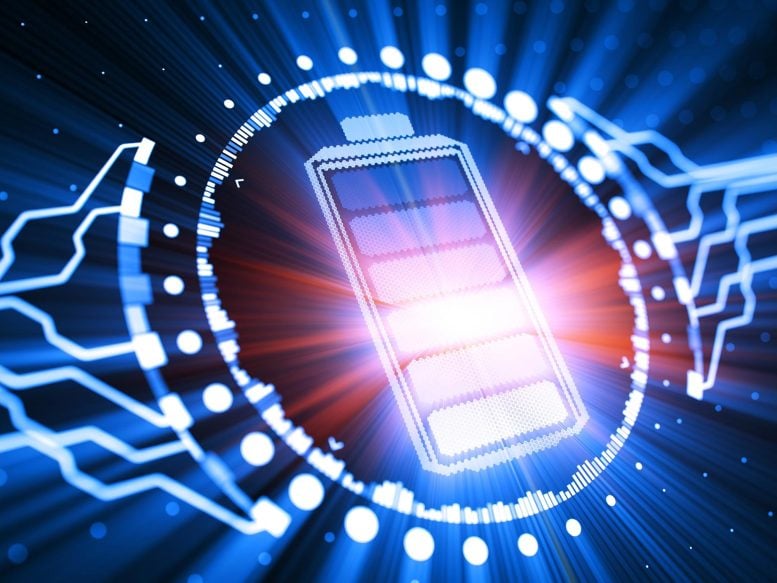
Cornell University’s new lithium battery, capable of charging in less than five minutes, marks a significant advance in electric vehicle technology. Utilizing indium for the battery anode, this innovation promises to reduce range anxiety and stimulate broader adoption of electric vehicles, despite challenges in finding lighter alternative materials.
Engineers at Cornell University have developed a novel lithium battery capable of charging in less than five minutes – faster than any such battery on the market – while maintaining stable performance over extended cycles of charging and discharging.
The breakthrough could alleviate “range anxiety” among drivers who worry electric vehicles cannot travel long distances without a time-consuming recharge.
“Range anxiety is a greater barrier to electrification in transportation than any of the other barriers, like cost and capability of batteries, and we have identified a pathway to eliminate it using rational electrode designs,” said Lynden Archer, professor of engineering and dean of Cornell’s College of Engineering, who oversaw the project. “If you can charge an EV battery in five minutes, I mean, gosh, you don’t need to have a battery that’s big enough for a 300-mile range. You can settle for less, which could reduce the cost of EVs, enabling wider adoption.”
Research Findings and Publication
The team’s paper was recently published in the journal Joule. The lead author is Shuo Jin, a doctoral student in chemical and biomolecular engineering.
Lithium-ion batteries are among the most popular means of powering electric vehicles and smartphones. The batteries are lightweight, reliable, and relatively energy-efficient. However, they take hours to charge, and lack the capacity to handle large surges of current.
The researchers pinpointed indium as an exceptionally promising material for fast-charging batteries. Indium is a soft metal, mostly used to make indium tin oxide coatings for touch-screen displays and solar panels.
The new study shows indium has two crucial characteristics as a battery anode: an extremely low migration energy barrier, which sets the rate at which ions diffuse in the solid state; and a modest exchange current density, which is related to the rate at which ions are reduced in the anode. The combination of those qualities – rapid diffusion and slow surface reaction kinetics – is essential for fast charging and long-duration storage.
Innovations in Battery Design
“The key innovation is we’ve discovered a design principle that allows metal ions at a battery anode to freely move around, find the right configuration, and only then participate in the charge storage reaction,” Archer said. “The end result is that in every charging cycle, the electrode is in a stable morphological state. It is precisely what gives our new fast-charging batteries the ability to repeatedly charge and discharge over thousands of cycles.”
That technology, paired with wireless induction charging on roadways, would shrink the size – and the cost – of batteries, making electric transportation a more viable option for drivers.
However, that doesn’t mean indium anodes are perfect, or even practical.
“While this result is exciting, in that it teaches us how to get to fast-charge batteries, indium is heavy,” Archer said. “Therein lies an opportunity for computational chemistry modeling, perhaps using generative AI tools, to learn what other lightweight materials chemistries might achieve the same intrinsically low Damköhler numbers. For example, are there metal alloys out there that we’ve never studied, which have the desired characteristics? That is where my satisfaction comes from, that there’s a general principle at work that allows anyone to design a better battery anode that achieves faster charge rates than the state-of-the-art technology.”
Reference: “Fast-charge, long-duration storage in lithium batteries” by Shuo Jin, Xiaosi Gao, Shifeng Hong, Yue Deng, Pengyu Chen, Rong Yang, Yong Lak Joo and Lynden A. Archer, 16 January 2024, Joule.DOI: 10.1016/j.joule.2023.12.022
The research was supported by the U.S. Department of Energy Basic Energy Sciences Program through the Center for Mesoscale Transport Properties, an Energy Frontiers Research Center. The researchers made use of the Cornell Center for Materials Research, which is supported by the National Science Foundation’s Materials Research Science and Engineering Center program.
Source: SciTechDaily